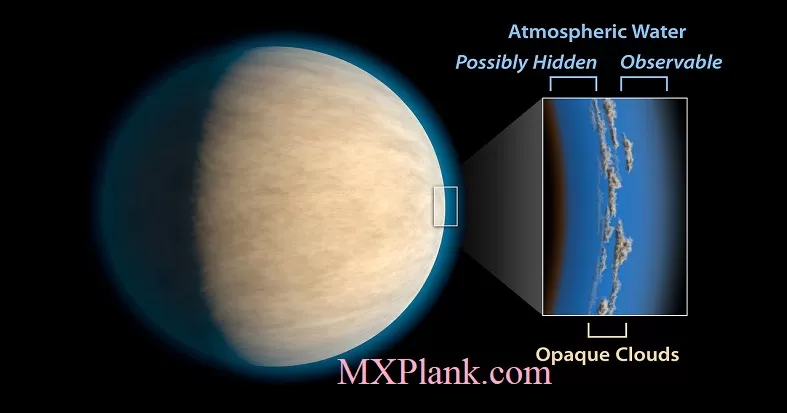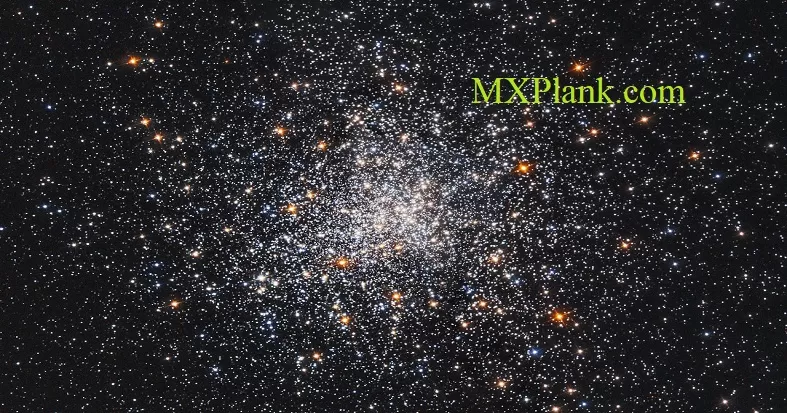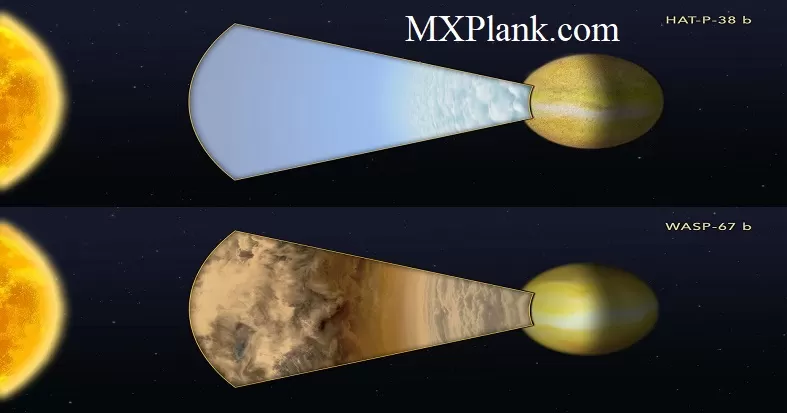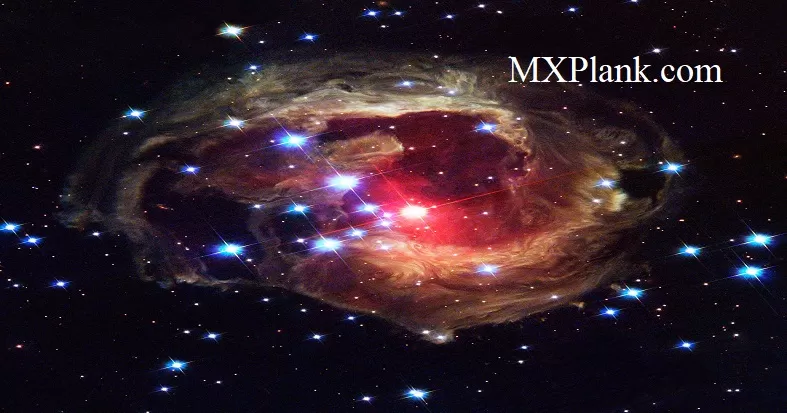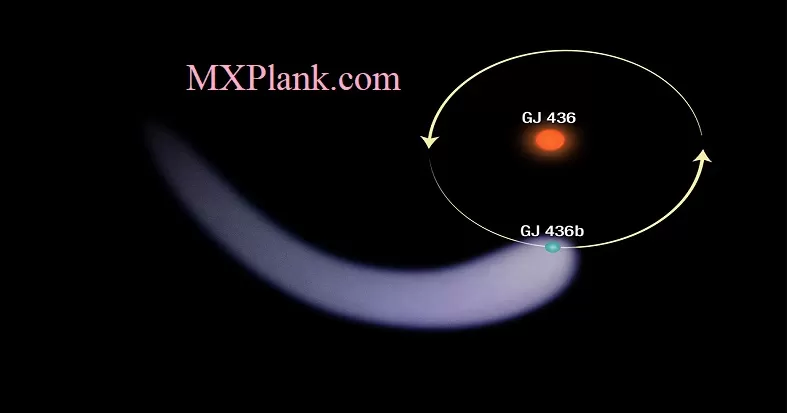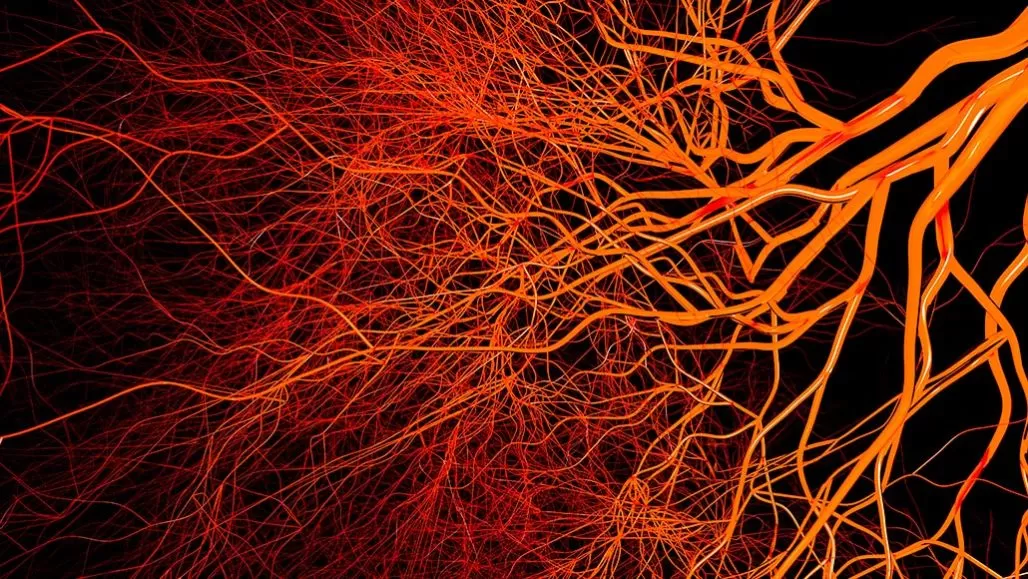Tarantula Nebula - NIR (Near Infra-Red) Image
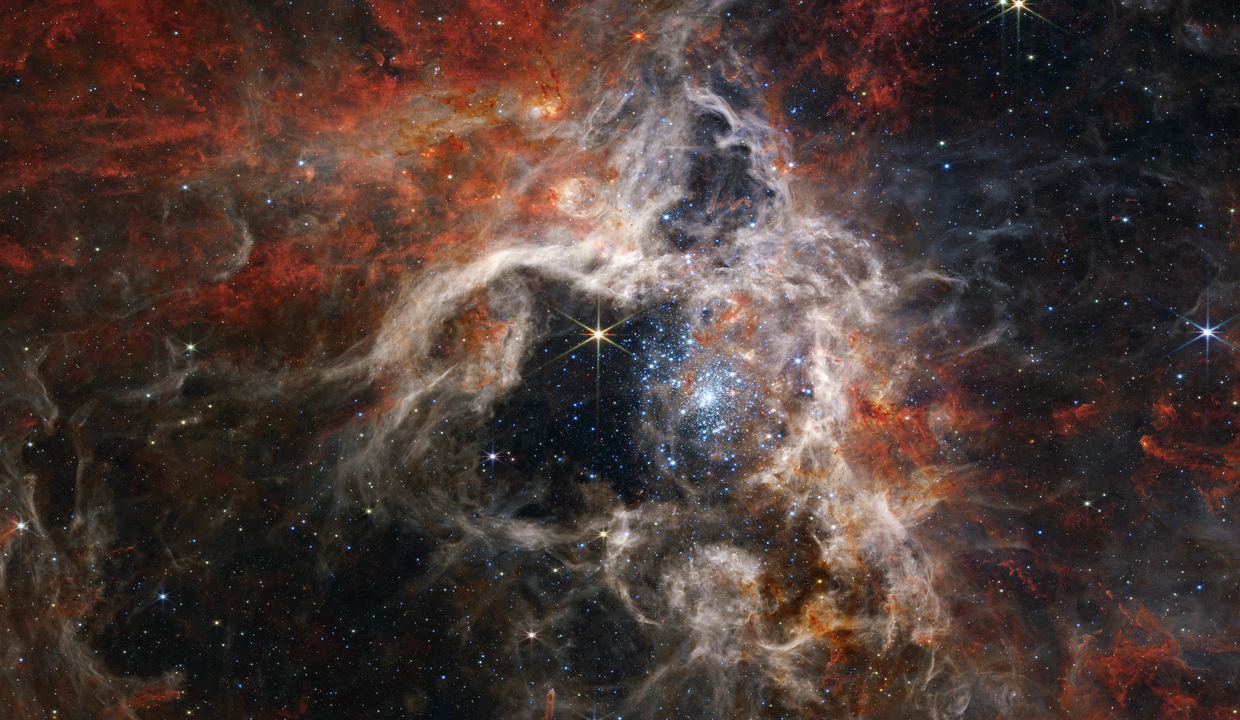
About This Image
Description:
In this mosaic image stretching 340 light-years across, Webb's Near-Infrared Camera (NIRCam) displays the Tarantula Nebula star-forming region in a new light, including tens of thousands of never-before-seen young stars that were previously shrouded in cosmic dust. The most active region appears to sparkle with massive young stars, appearing pale blue. Scattered among them are still-embedded stars, appearing red, yet to emerge from the dusty cocoon of the nebula. NIRCam is able to detect these dust-enshrouded stars thanks to its unprecedented resolution at near-infrared wavelengths.
To the upper left of the cluster of young stars, and the top of the nebula's cavity, an older star prominently displays NIRCam's distinctive eight diffraction spikes, an artifact of the telescope's structure. Following the top central spike of this star upward, it almost points to a distinctive bubble in the cloud. Young stars still surrounded by dusty material are blowing this bubble, beginning to carve out their own cavity. Astronomers used two of Webb's spectrographs to take a closer look at this region and determine the chemical makeup of the star and its surrounding gas. This spectral information will tell astronomers about the age of the nebula and how many generations of star birth it has seen.
Farther from the core region of hot young stars, cooler gas takes on a rust color, telling astronomers that the nebula is rich with complex hydrocarbons. This dense gas is the material that will form future stars. As winds from the massive stars sweep away gas and dust, some of it will pile up and, with gravity's help, form new stars.
NIRCam was built by a team at the University of Arizona and Lockheed Martin's Advanced Technology Center.
| About The Object | |
|---|---|
| Object Name | Tarantula Nebula, 30 Doradus, 30 Dor, NGC 2070 |
| Object Description | Emission Nebula in the Large Magellanic Cloud |
| R.A. Position | 05:38:42.4 |
| Dec. Position | -69:06:03.35 |
| Constellation | Dorado |
| Distance | 170,000 light-years (52,000 parsecs) |
| Dimensions | Image is 7.24 arcmin across (about 360 light-years) |
| About The Data | |
| Data Description | This image was created from JWST data from proposal: 2729. It is part of Webb Early Release Observations. The Early Release Observations and associated materials were developed, executed, and compiled by the ERO production team: Jaclyn Barrientes, Claire Blome, Hannah Braun, Matthew Brown, Margaret Carruthers, Dan Coe, Joseph DePasquale, Nestor Espinoza, Macarena Garcia Marin, Karl Gordon, Alaina Henry, Leah Hustak, Andi James, Ann Jenkins, Anton Koekemoer, Stephanie LaMassa, David Law, Alexandra Lockwood, Amaya Moro-Martin, Susan Mullally, Alyssa Pagan, Dani Player, Klaus Pontoppidan, Charles Proffitt, Christine Pulliam, Leah Ramsay, Swara Ravindranath, Neill Reid, Massimo Robberto, Elena Sabbi, Leonardo Ubeda. The EROs were also made possible by the foundational efforts and support from the JWST instruments, STScI planning and scheduling, Data Management teams, and Office of Public Outreach. |
| Instrument | NIRCam |
| Filters | F090W, F200W, F335M, F444W |
| About The Image | |
| Color Info | These images are a composite of separate exposures acquired by the James Webb Space Telescope using the NIRCam instrument. Several filters were used to sample different infraraed wavelength ranges. The color results from assigning different hues (colors) to each monochromatic (grayscale) image associated with an individual filter. In this case, the assigned colors are: Red: F444W Orange: F335M Green: F200W Blue: F090W |
| Compass Image | 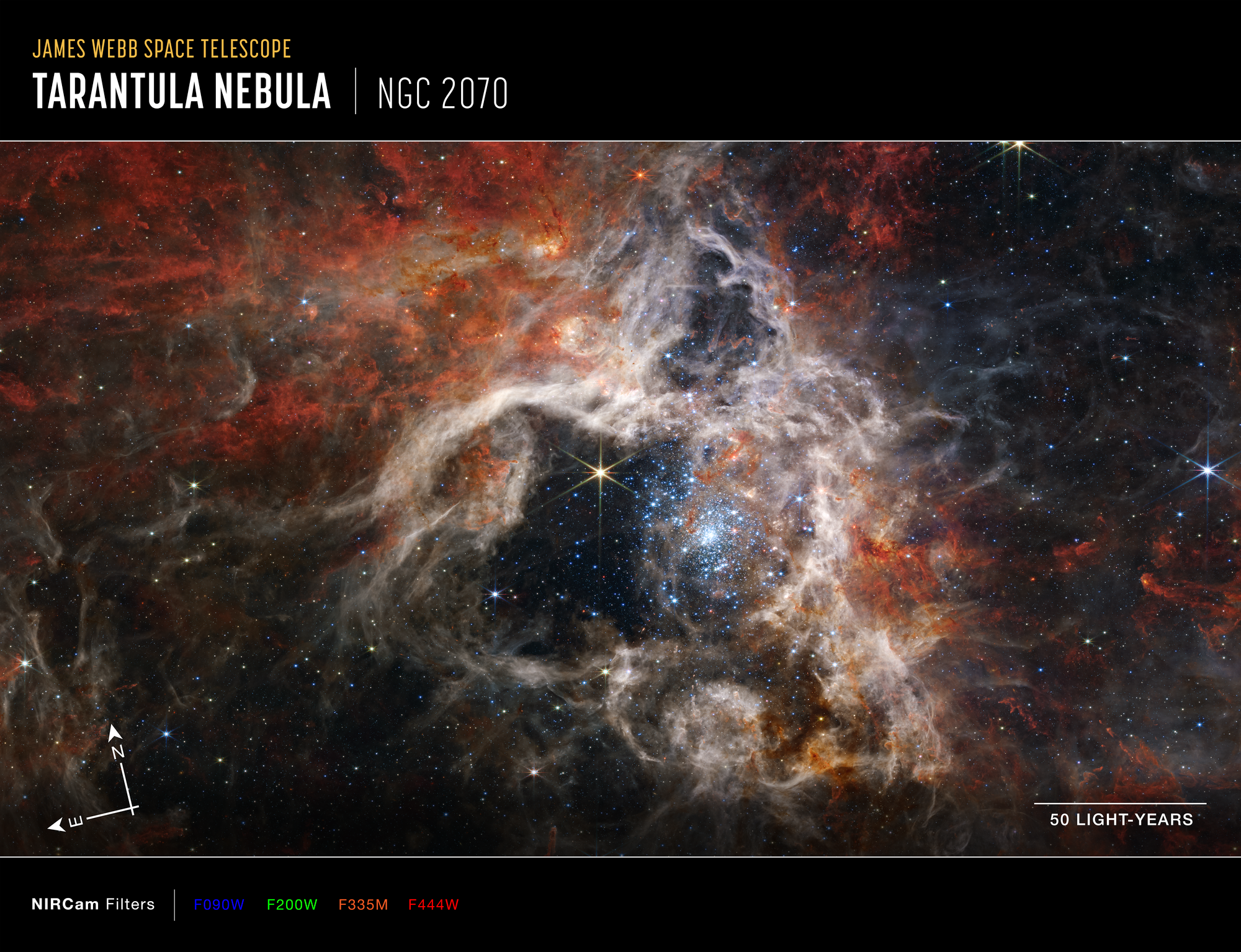 |

